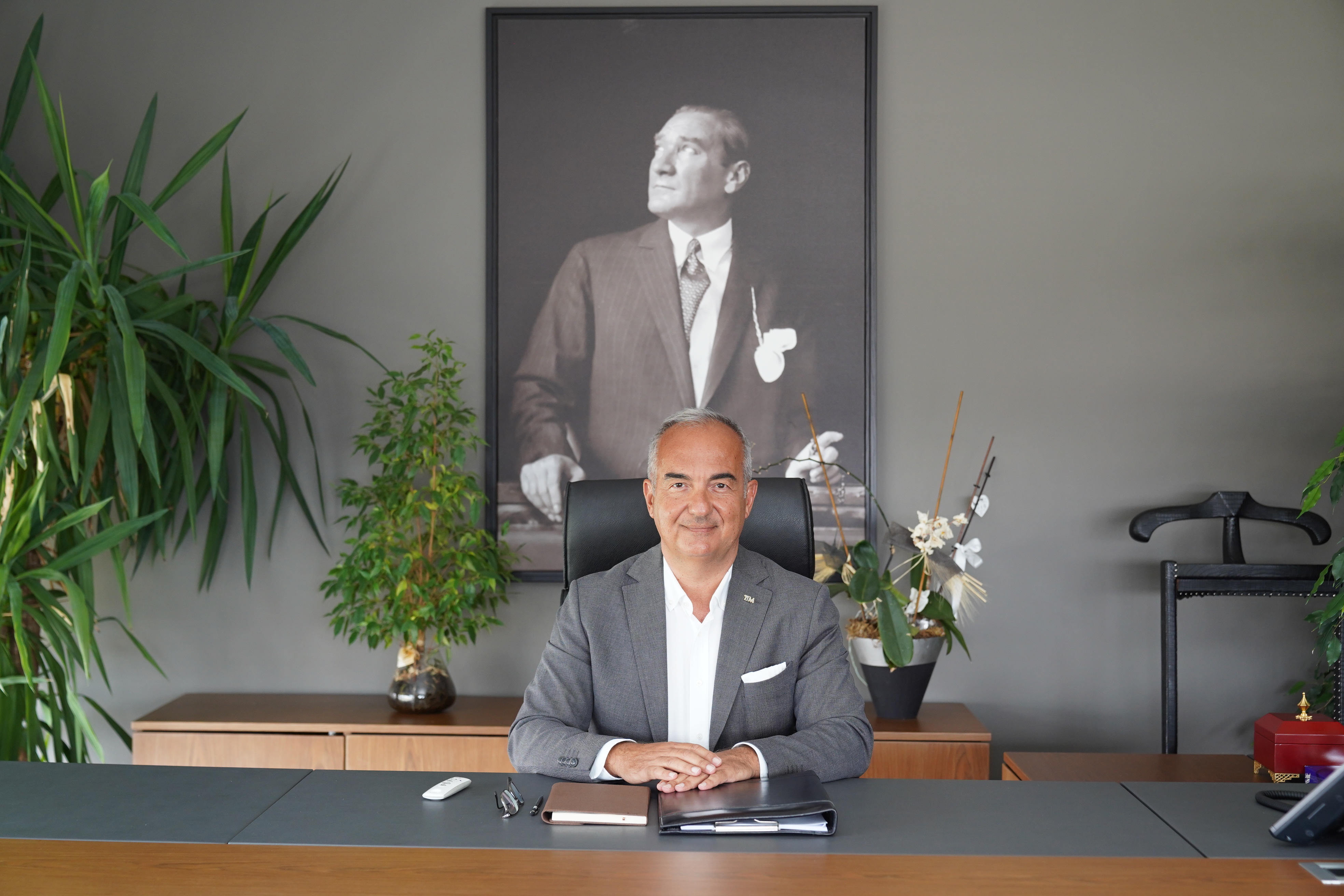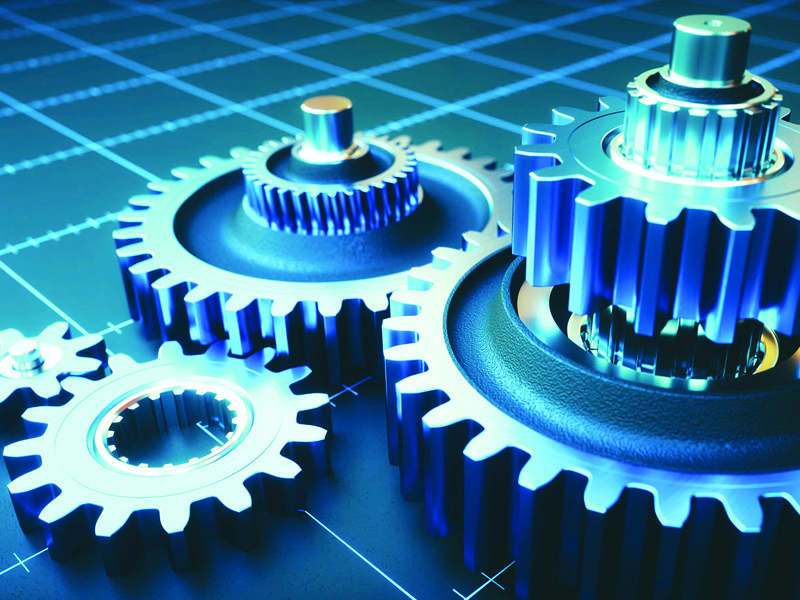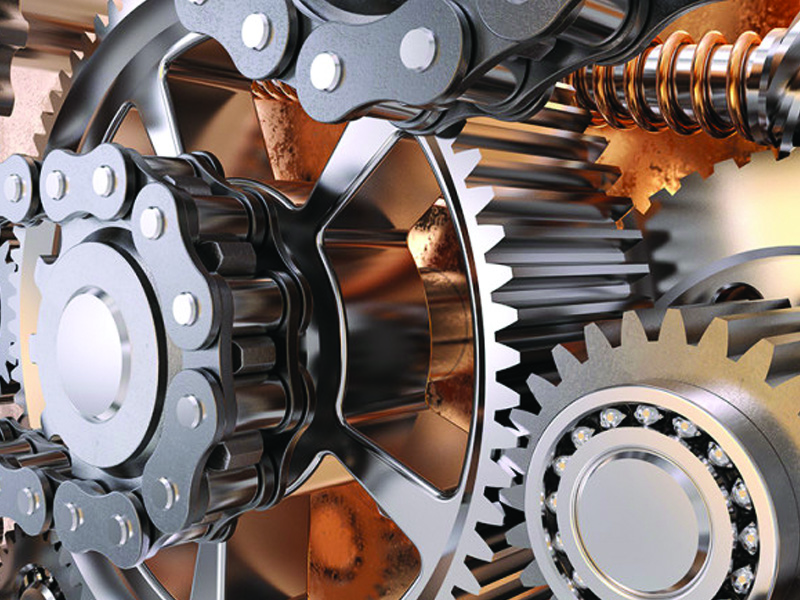



According to the machinery manufacturing industry consolidated data, Turkey’s total machinery exports, including free zones, reached 16.1 billion dollars at the end of 7 months of the year. In this period, where exports decreased by 5.8 percent on quantity basis, the increase on value basis was 11.1 percent. In this period, when exports to Russia increased by 157 percent and approached 1.5 billion dollars, the increase in exports to Germany was 11.6 percent, and exports to the USA increased by 15.2 percent. After July exports, which reached 2 billion dollars with an increase of 19 percent, machinery exports in the last 12 months increased by 15.8 percent and rose to 27.5 billion dollars. As of the end of June, annual machinery imports increased by 20.6 percent to 42.3 billion dollars.
Kutlu Karavelioğlu, Chairman of the Machinery Exporters’ Association, stated that when they analyzed the developments in the global machinery trade, they encountered different trends from the previous years due to the effect of many factors, especially monetary tightening, and commented on the developments in the world as follows:
“Reports of the German Machinery and Equipment Manufacturers Association (VDMA), with whom we have been working closely for many years, say that in Germany, the technological leader of the global sector, alarm bells are ringing, and the decline in orders for July has reached 15 percent. This means that the scale and turnover of companies will decrease, and the risk of employment loss in trained qualified personnel will arise. It is understood that the effects of financing, energy and employment costs, which will continue to increase, on the producer index limit the competitiveness of the sector, and price increases of up to 20 percent are also effective in the contraction of domestic and foreign demand.

While similar developments can be seen in other EU countries, which are our rivals, every problem in Germany, where we have reached the highest level of industrial and commercial integration, is of great interest to our industry in terms of both the risks that may spread to us and the opportunities it may create.”
“We cannot lose sight of the charm of Central and Eastern Europe”
Karavelioğlu stated that the restrictions on the Russian market, which they have concentrated on and received significant returns to overcome the global troubles, pose additional risks to the developments in the main market, Germany.
“Sanctions, which include exports of goods, technologies and services, as well as legal and natural persons connected with the military industrial complex in Russia, are getting tighter. On the other hand, some European countries deviate their trade route and export their products through the former Soviet countries. We can see from our foreign trade data that our manufacturers do not resort to this method. We are also increasing our efforts for Central and Eastern Europe, which we think can be an alternative to the increasingly difficult Russian exports. We must take our share from the accelerating investments in Romania, Poland, Serbia and Hungary. We believe that these regions, where Europe concentrates its agricultural activities as well as production and energy investments, offer not only export but also attractive investment opportunities for our machinery manufacturers.”
“Domestic equipment obligation is developing our energy technologies fast”
Underlining that the dizzyingly widening and deepening of the scope of the Green Agreement, companies intensify their efforts and investments to reduce greenhouse gas emissions, Karavelioğlu evaluated the reflections of this situation, which includes difficulties and opportunities, on the sector as follows:
“Since the cheapest and easiest way to create resources is to prevent waste, the natural approach of our manufacturers is to always provide their customers with the most efficient machines, to develop machines and facilities that produce the most with the least expenditure of energy. The dominance of this situation in the market is guaranteed by many EU directives. As the sector with the largest number of R&D centers in Turkey, we observe that the efficiency classes and exports of our products are increasing rapidly in rotating equipment such as electric motors, pumps, valves, ventilation fans, compressors, which consume the largest part of the world’s electrical energy. Another development is occurring in energy-generating equipment. The production and exports of solar panels, wind turbines, geothermal pumps, which are the main elements of green energy investments, are now reaching serious amounts.”

Karavelioğlu stated that they have been gladly observing the rapid development of the branches for which the state imposes a domestic equipment obligation in their investment incentives, as sector representatives who have been demanding this for years, and that they expect it to become widespread. We are grateful for the statements that the increase in exports from 36.9 percent to 40.8 percent, and that vehicles, machinery and electrical equipment, whose exports increased by 25 to 36 percent in July, played an important role. We believe that the contribution of the sectors that were declared strategic in the previous plan period to the country will become evident.”
“The contraction in demand and the increase in costs feed each other”
In Turkey, as in the rest of the world Karavelioğlu underlined that one of the main agenda items is the fight against inflation, and evaluated the effects of the steps taken to ensure price stability and reduce the current account deficit on the sector as follows:
“Although keeping export and investment credits separate in commercial credit restrictions is a positive development for the machinery sector, it is clear that the gradual slowdown in domestic demand will affect the sales and cash flows of companies.
In addition to the contraction in the domestic and foreign markets, we have to cope with the financial burdens that continue to increase. As of July, new elements such as wage adjustments, fuel prices and tax increases were added to our costs. Although the positive effect of the relative increase in the exchange rate on exports has not yet compensated for our losses, the statements that positive discrimination and support for new investments will continue are important for machinery manufacturers. Although we are worried that the exchange rates have again entered a horizontal course while inflation is high, the relative relief in Eximbank loans and the Central Bank’s promise to reactivate investment rediscount loans are other promising developments. Official statements and efforts to rein in imports will be the issues that we will closely monitor and support as the sector that suffers most from imports.”


